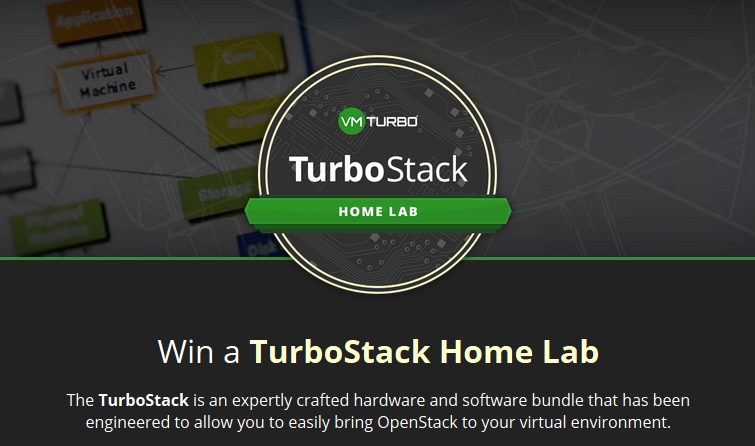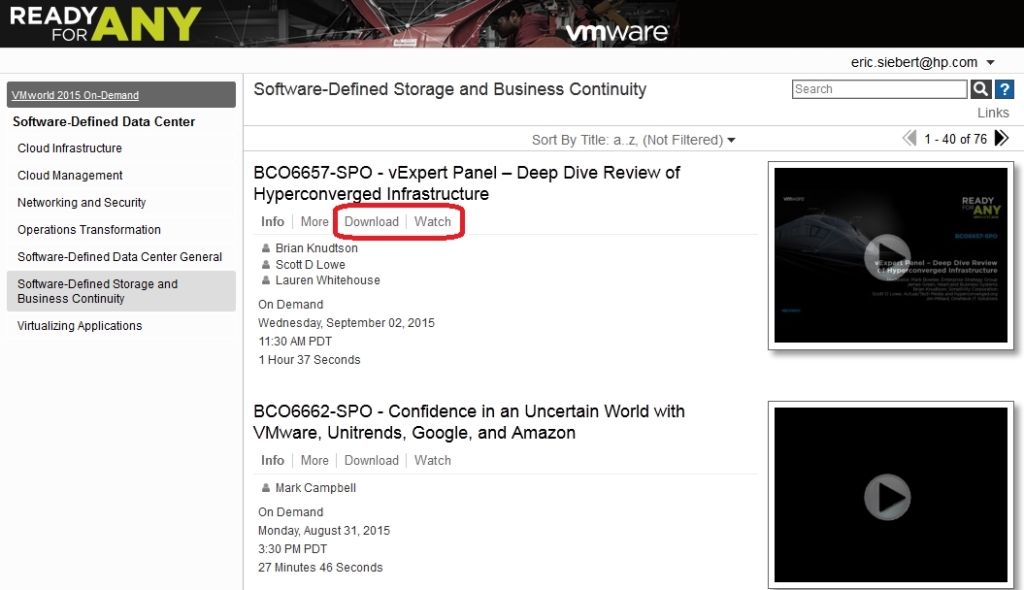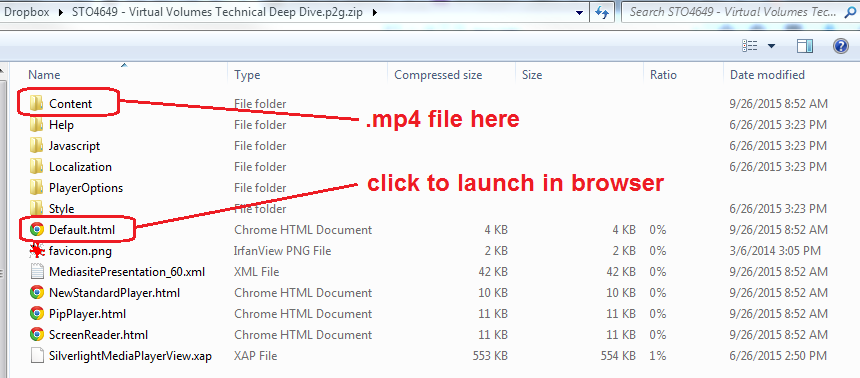 At VMworld this year VMware announced that next year VMworld will be going back to Vegas next year but not at it’s usual location of The Venetian/Palazzo & the Sands Expo Center, but instead at Mandalay Bay. This change was made because the Moscone Center is under-going renovations next year, so for whatever reasons (i.e. costs, availability) it will be held at Mandalay Bay instead of the Venetian.
At VMworld this year VMware announced that next year VMworld will be going back to Vegas next year but not at it’s usual location of The Venetian/Palazzo & the Sands Expo Center, but instead at Mandalay Bay. This change was made because the Moscone Center is under-going renovations next year, so for whatever reasons (i.e. costs, availability) it will be held at Mandalay Bay instead of the Venetian.
This won’t be the first time VMworld was held at Mandalay Bay, in 2008 & 2011 it was held at the Venetian but in 2005 (2nd VMworld) it was held at the Mandalay Bay. Now back then VMworld was much smaller with only 3,500 people attending in 2005, so with attendance today around the 24,000 mark how well will it fit at Mandalay Bay compared to the Venetian and Moscone Center?
The Moscone Center is fairly small despite being in 3 buildings (North, South & West) and totals around 700,000 square feet of exhibition space. In contrast the Sands Expo Center (Venetian) has over 2.25 million square feet of show floor and meeting space and between the Venetian and Palazzo hotels offers more than 7,000 suites all under one roof with an additional 40,000 hotel rooms within a 10-minute walk away. Just the exhibition hall alone at the Sands Expo Center is 380,000 square feet. So as you can see the Moscone Center is pretty cramped when compared to the much roomier Sands Expo Center.
While not as large as the Sands Expo Center, the Mandalay Bay Convention Center dwarfs Moscone as well with over 1.7 million square feet of space available and a 577,000 square foot exhibition hall. Mandalay Bay also contains around 4,700 hotel rooms with the adjacent Mandalay Bay, Four Seasons and THEhotel hotels. There are also enclosed walkways and trams that connect it to the Luxor (4,400 rooms) and Excalibur (4,000 rooms) hotels along with many other nearby hotels.
 So VMworld next year will definitely have plenty of space to stretch out in, I was at the Mandalay Bay in 2013 when VMware Partner Exchange was held there and it’s a nice facility. The rooms might not be as nice as the Venetian/Palazzo suites but it’s not bad and you can get more upscale rooms at attached THEhotel.
So VMworld next year will definitely have plenty of space to stretch out in, I was at the Mandalay Bay in 2013 when VMware Partner Exchange was held there and it’s a nice facility. The rooms might not be as nice as the Venetian/Palazzo suites but it’s not bad and you can get more upscale rooms at attached THEhotel.
I think a nice side effect of VMworld going back to Vegas is that more people will likely attend as it’s much more affordable and accessible than San Francisco is especially without the insane hotel prices. There will also be much less walking all over the place and more available space should allow for more exhibitors and more sessions.
VMware has a VMworld 2016 pre-registration page up now where you can put in your info to be notified as soon as registration opens next year. So go sign up and see you in Vegas baby!









